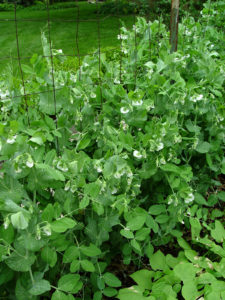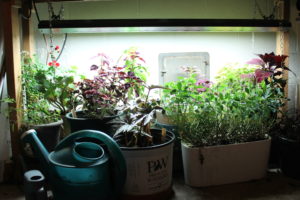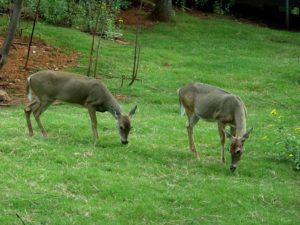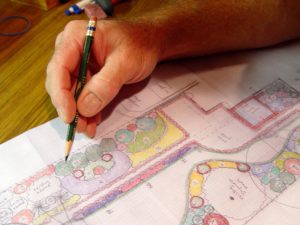Weird Weather and the Other Meaning of St. Paddy’s Day
March 14th, 2017
To most people, this Friday’s St. Patrick’s Day is a time to celebrate Irish heritage, usually with shamrocks, green clothing and green beer.
But to gardeners, the occasion means green of another sort – time to plant the peas.
That’s not going to happen this year since the prevailing color is now white. When gardens aren’t buried under a foot or so of snow, lots of vegetable gardeners use the March 17 St. Paddy’s milestone as the semi-official start of the gardening season. They know peas are about as cold-hardy as any edible, capable of sprouting around here even in the sometimes-frozen soil of late winter.
This year, though, who knows what’s going to happen? We’ve already had April in February, when buds and shoots progressed to the point of opening way too soon by the time winter returned with a snowy vengeance.
Having magnolias in bloom and leaves sprouting on the hydrangeas the first week of March might be good therapy for winter-haters, but it’s risky behavior for plants. Those nights down into the teens last weekend look like they spelled doom for at least some buds and plant crowns. Too bad the insulation from the snow didn’t happen before the cold nights punished the bare leaves, buds and crowns.
Most of our winter-hardy plants are pretty good about protecting themselves in winter.
Perennials die back to the ground, bulbs keep their flower-producing shoots underground until the time is right, and tree and shrub buds stay tight and dormant until longer days and warmer temperatures trigger growth.
Most plants are “smart” enough not to start growing when we get a warm spell for a few days here and there in winter.
But what happened this year is that we got sustained warmth that went on for weeks – much of the time into the 60s and 70s and even close 80 in late February.
That was enough to trick plants into developing to where they’d normally be in late March. Even the grass turned green and started inching up as February handed off to March.












